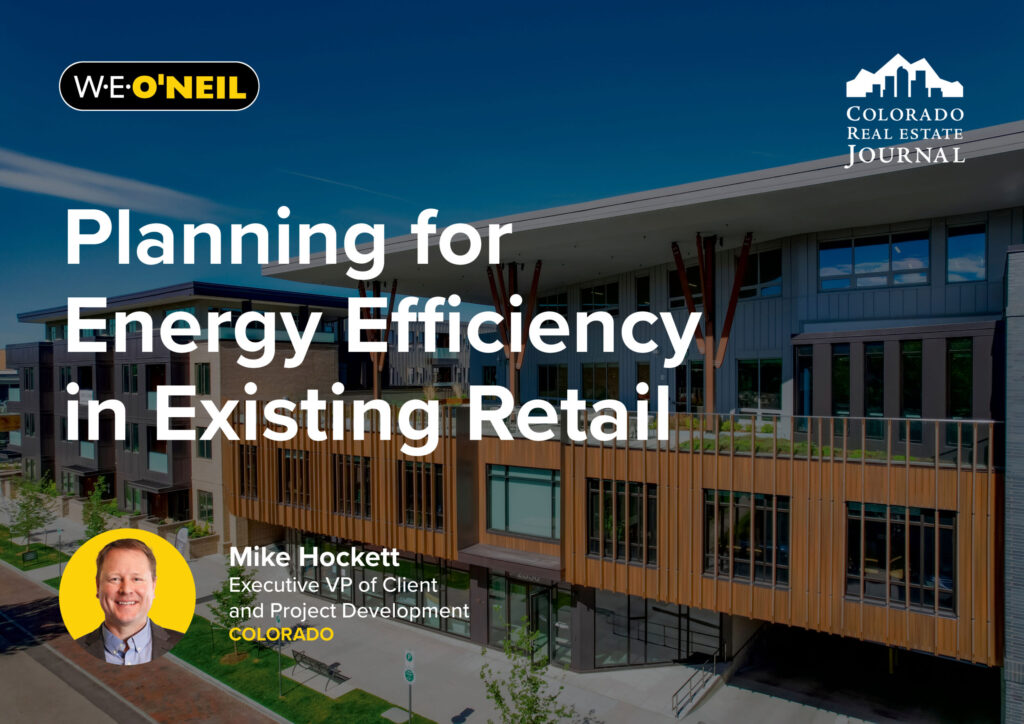
CREJ: Planning for Energy Efficiency in Retail Industry by Mike Hockett
Colorado Real Estate Journal tapped Mike Hockett to share his insights on how to transform existing retail into energy-efficient spaces.
Our Industry
The Colorado Real Estate Journal tapped Mike Hockett to share his insights on the key factors impacting multifamily development.

Navigating the shifting landscape of multifamily development is complex and costly, but with the right insights and thoughtful leadership, these challenges can become opportunities for growth and profitability.
In his article What is making multifamily construction so expensive? in the Construction section of the recently published Colorado Real Estate Journal, Mike Hockett (Executive VP, Client and Project Development, Colorado) discusses the key factors impacting costs, demand, and market conditions in building multifamily projects.
Here are the key factors highlighted:
Multifamily construction has slowed, and as inventory is expected to fall behind demand within the next three years, rent prices are expected to rise. While construction costs are currently low, limited subcontractor availability—especially in high-demand markets like Denver—may soon drive prices up and delay future projects. For developers, this creates both challenges and a promising profit opportunity as demand outpaces supply.
Read Mike’s full article in the Colorado Real Estate Journal, November 2024 issue here.